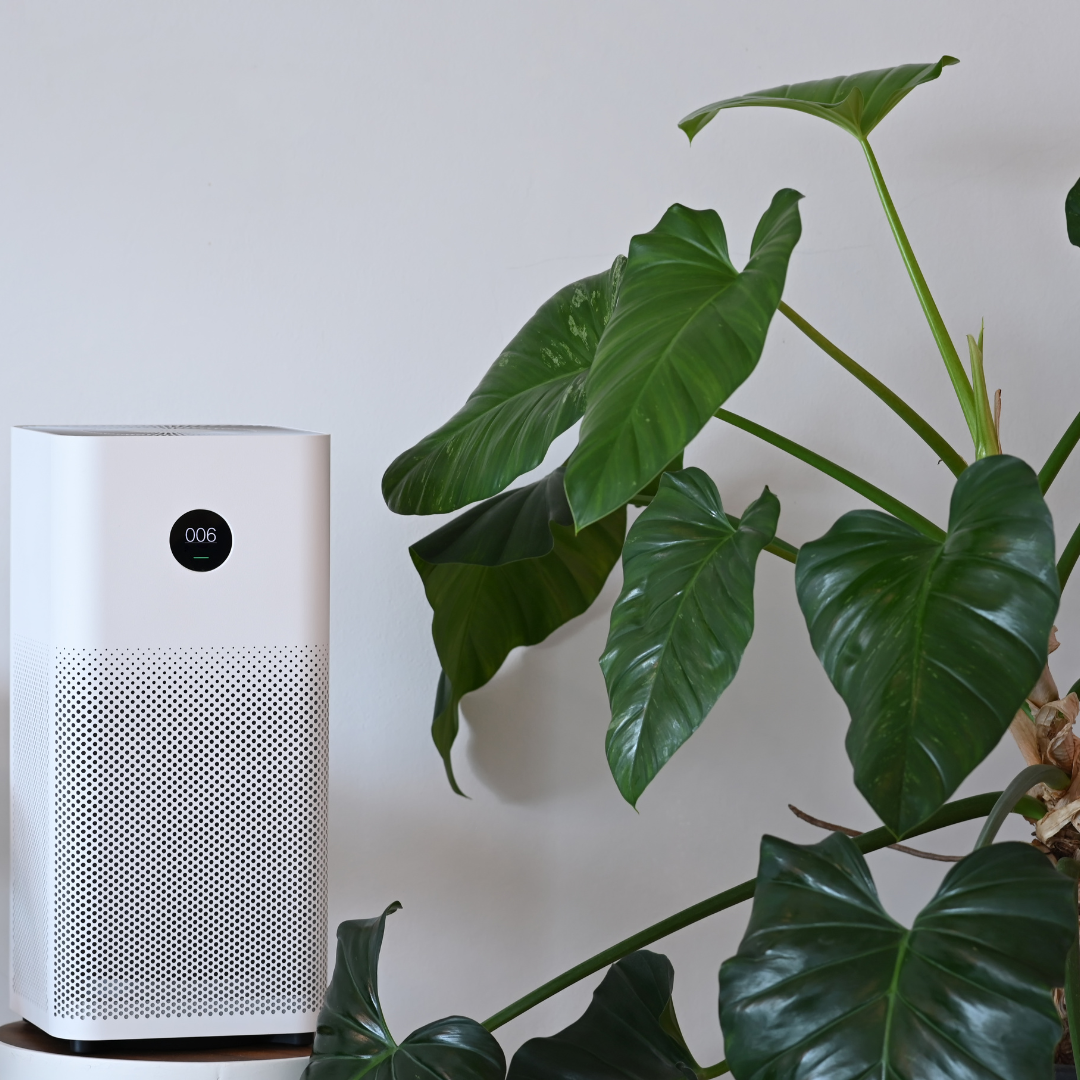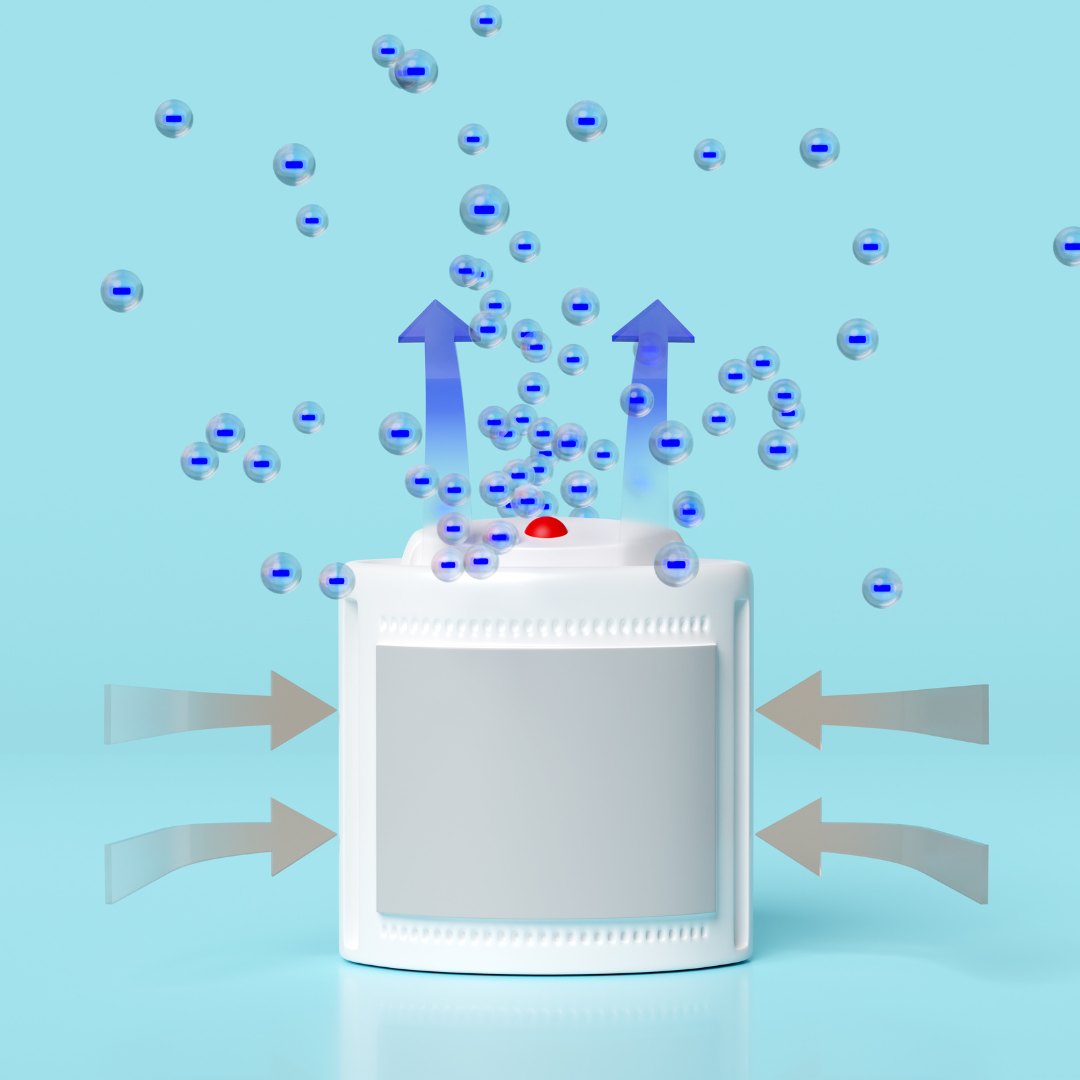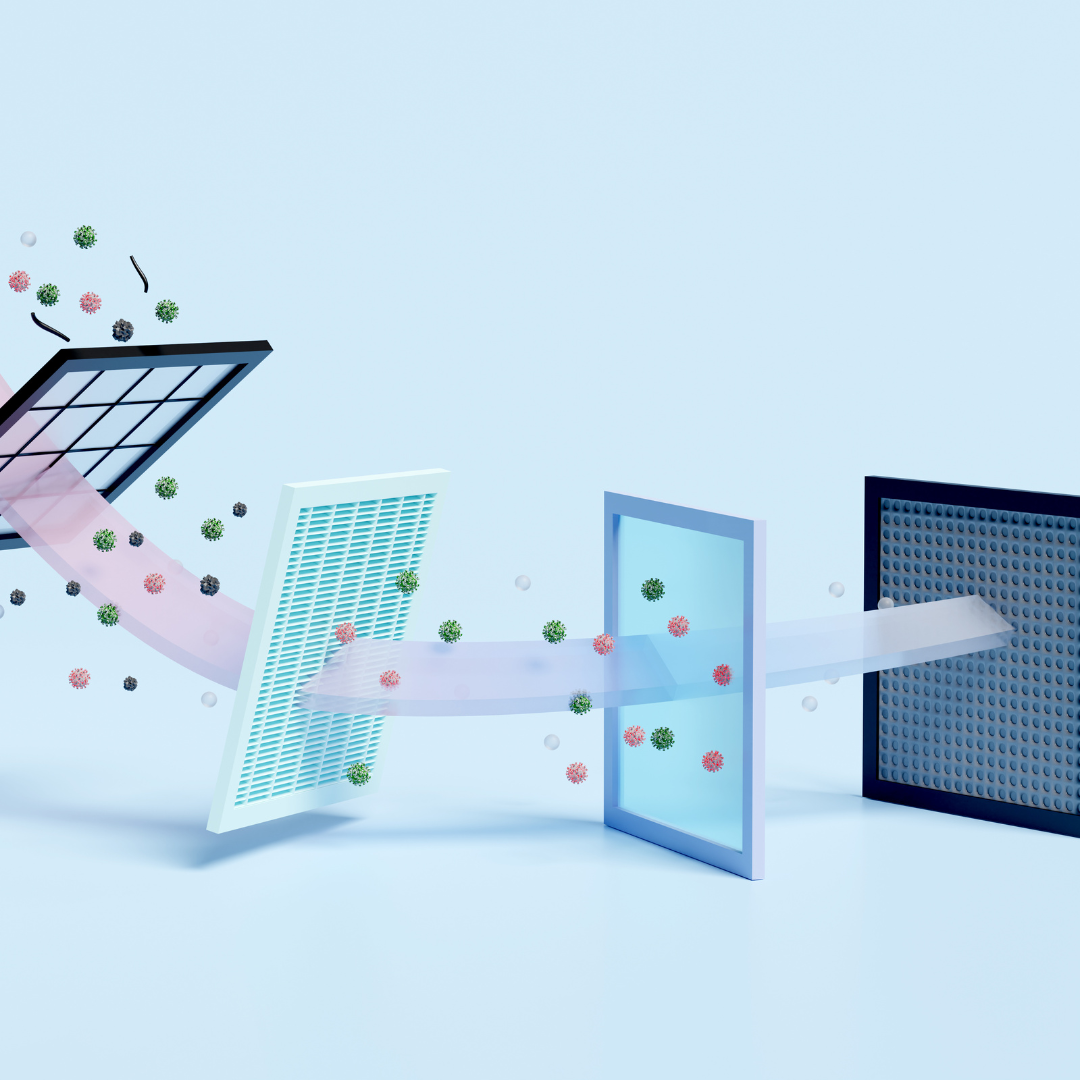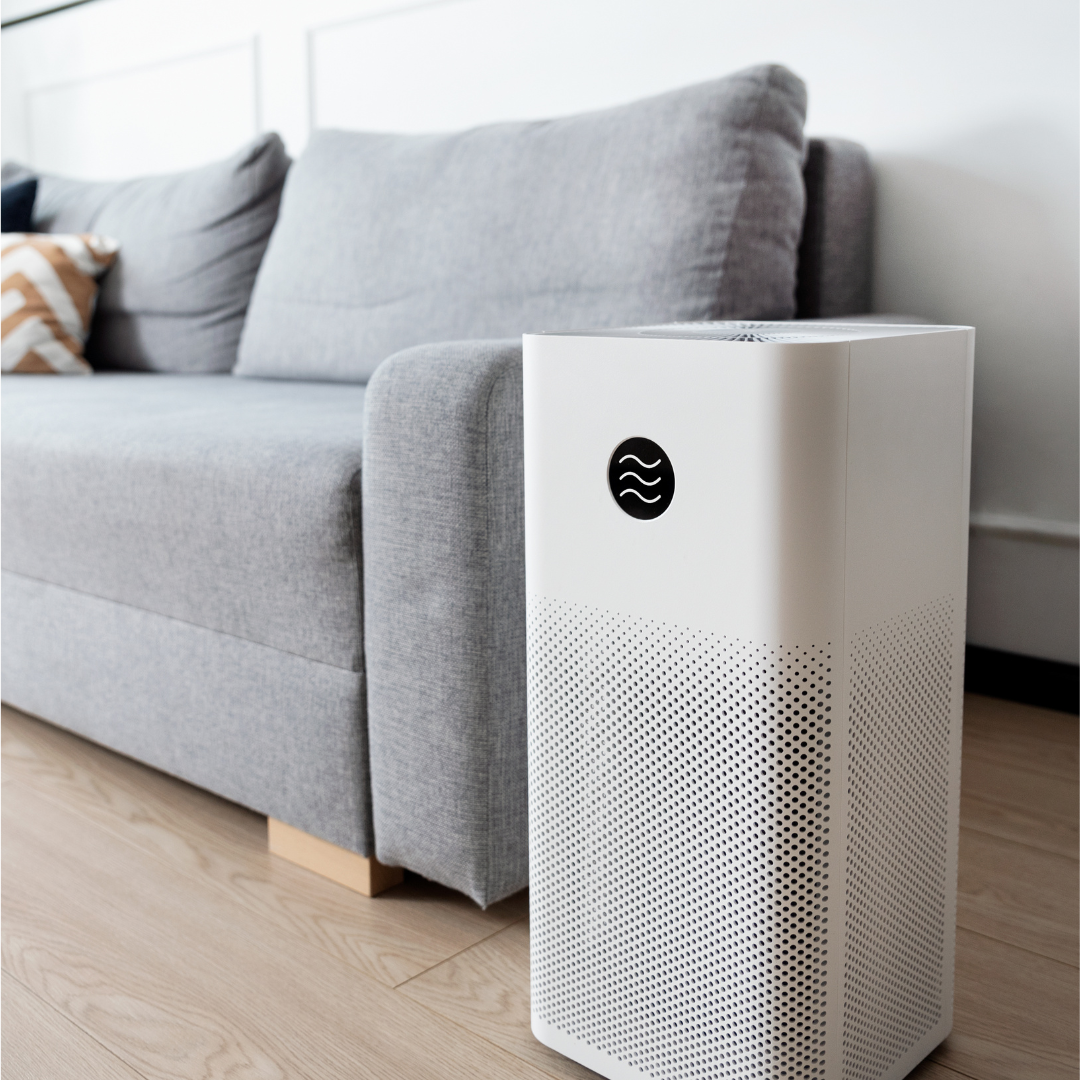
If you’re knee-deep in allergy season and are wondering how to reduce allergens in your home, you’re in the right place. You’ve probably been recommended more times than not to purchase an air purifier to minimize those pesky allergens in your home but do you know why? Knowing how air purifiers work will be vital in helping you to purchase the right one for your living space and give you the relief you’re probably so desperately seeking at this point.

How Do Air Purifiers Work?
While humidifiers work to keep moisture in the air to prevent dryness, air purifiers work by removing particles from the air. Air purifiers will remove allergens such as pollen, pet dander, and dust mites. The air is drawn into the purifier, and as it passes through a filter, the particles are trapped and removed from the air. The cleaned air is then released back into the room. By continuously circulating the air through the purifier, the concentration of allergens in the room decreases over time, making it easier for allergy sufferers to breathe and reducing symptoms such as sneezing and coughing.

How To Choose The Best Air Purifier
Now, before you run to Amazon to add an air purifier to your cart, there are several factors you’ll want to consider:
- Room size: Consider the size of the room where the air purifier will be used. Choose a purifier with a suitable coverage area that can effectively filter the air in the room.
- Filter type: Look for a purifier with a HEPA (High-Efficiency Particulate Air) filter, as these are most effective at removing small particles, including allergens. Some purifiers also have additional filters for specific needs such as removing odors.

- CADR (Clean Air Delivery Rate) rating: This rating indicates how effective the purifier is at removing pollutants from the air. Look for a purifier with a higher CADR rating for your room size.
- Noise level: Consider the noise level of the purifier, especially if you plan to use it in a bedroom or other quiet space. Look for a purifier with a low noise level.
- Energy efficiency: Look for a purifier with an Energy Star rating, as this means it is energy-efficient and will save you money on electricity bills.
- Additional features: Some purifiers come with extra features, such as air quality sensors, remote controls, and programmable settings. Consider which features are essential to you.
How To Get The Most Out of Your Air Purifier
Since air purifiers tend to run at a minimum cost of $70 with higher quality brands such as Dyson and Levoit ranging from $100 to $500, you’ll want to get the most bang for your buck. Here’s how:
- Keep it running: For optimal air cleaning, run the purifier continuously. Turning it off when you leave the room or house will reduce its effectiveness.
- Change the filters: Regularly change the filters according to the manufacturer’s recommendations. A clogged or dirty filter will reduce the purifier’s efficiency.
- Position it correctly: Place the purifier in the room where you spend the most time, such as the bedroom or living room. Avoid placing it in a corner or behind furniture, as this can restrict airflow.
- Maintain the cleanliness of the room: To help the purifier work more effectively, keep the room clean and free of dust, pet hair, and other pollutants.
- Use it in conjunction with other measures: This is THE MOST important tip. While an air purifier can help minimize allergens, it’s not a substitute for regular cleaning, dusting, and vacuuming. Use it in conjunction with other measures to create a cleaner, healthier home environment.

By considering these factors and knowing how air purifiers work, you can choose an air purifier best suited to your needs, effectively minimize allergens in your home and get the most use out of your air purifier.